Max Tkacz
The AI Agent Path to Prod: Building for Reliability
#1about 4 minutes
Why AI agents fail in production environments
AI agents often fail in production because the probabilistic nature of LLMs conflicts with the need for reliability at scale.
#2about 5 minutes
Scoping an AI agent for a specific business problem
Start by identifying a low-risk, high-impact task, like automating free trial extensions, to establish a viable solution scope.
#3about 3 minutes
Walking through the naive V1 customer support agent
The initial agent uses an LLM with tools to fetch user data and extend trials, but its reliability is unknown without testing.
#4about 4 minutes
Using evaluations to test the happy path case
Evaluations are introduced as a testing framework to run the agent against specific test cases, revealing inconsistencies even in the happy path.
#5about 4 minutes
Improving agent consistency with prompt engineering
By adding explicit rules and few-shot examples to the system prompt, the agent's tool usage and response quality become more consistent.
#6about 5 minutes
Testing for prompt injection and other edge cases
A new evaluation case for prompt injection reveals a security flaw, which is fixed by adding specific security rules to the system prompt.
#7about 6 minutes
Applying production guardrails beyond evaluations
Beyond evals, production readiness requires adding human-in-the-loop processes, custom error handling, rate limiting, and model redundancy.
Related jobs
Jobs that call for the skills explored in this talk.
Matching moments

24:42 MIN
Overcoming the challenges of productionizing AI models
Navigating the AI Revolution in Software Development
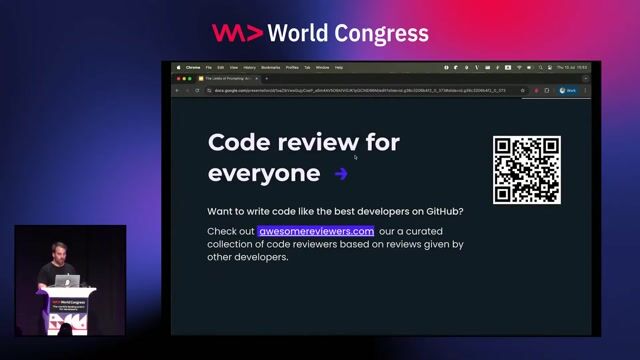
22:59 MIN
Key takeaways for building reliable LLM agents
The Limits of Prompting: ArchitectingTrustworthy Coding Agents
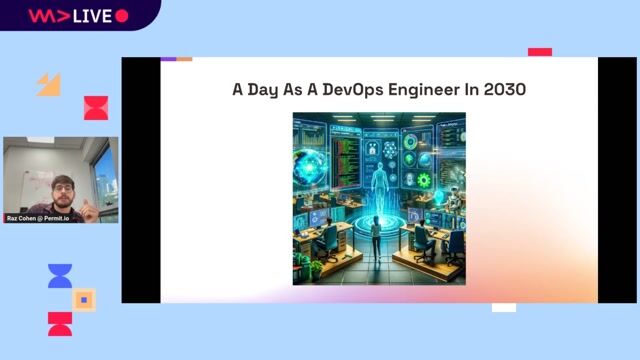
37:57 MIN
Q&A on AI adoption, tools, and challenges
Navigating the AI Wave in DevOps

15:55 MIN
Shifting focus from standalone models to complete AI systems
Navigating the AI Revolution in Software Development

09:56 MIN
The challenge of moving AI from demo to production
What’s New with Google Gemini?

00:45 MIN
Why 90% of AI projects fail in production
Hybrid AI: Next Generation Natural Language Processing
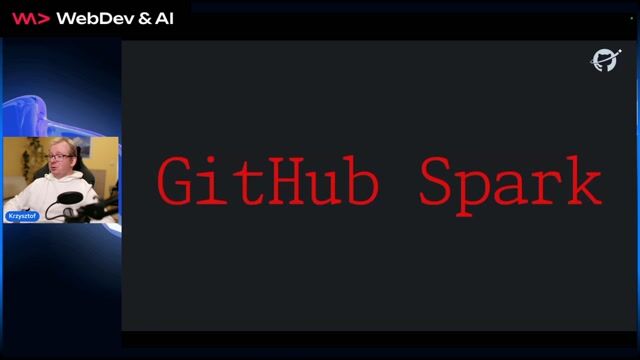
31:28 MIN
Designing cooperative and controllable AI agents for developers
Innovating Developer Tools with AI: Insights from GitHub Next

06:46 MIN
Navigating the challenges of GenAI adoption
The Future of Developer Experience with GenAI: Driving Engineering Excellence
Featured Partners
Related Videos
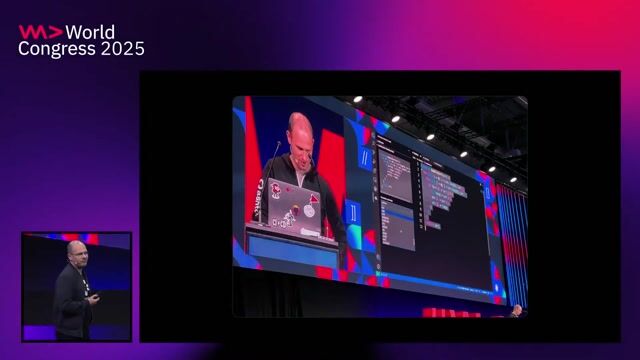 39:11
39:11Agents for the Sake of Happiness
Thomas Dohmke
 24:22
24:22Beyond Chatbots: How to build Agentic AI systems
Philipp Schmid
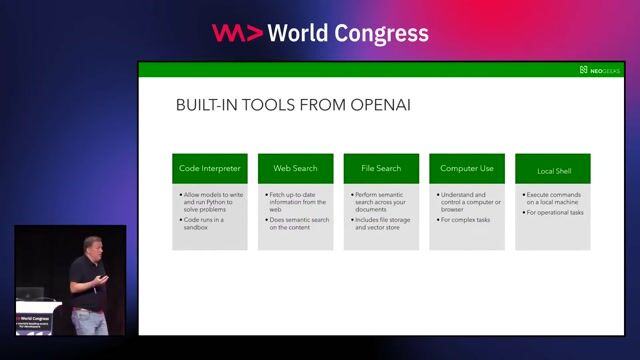 29:03
29:03On a Secret Mission: Developing AI Agents
Jörg Neumann
 25:32
25:32Beyond Prompting: Building Scalable AI with Multi-Agent Systems and MCP
Viktoria Semaan
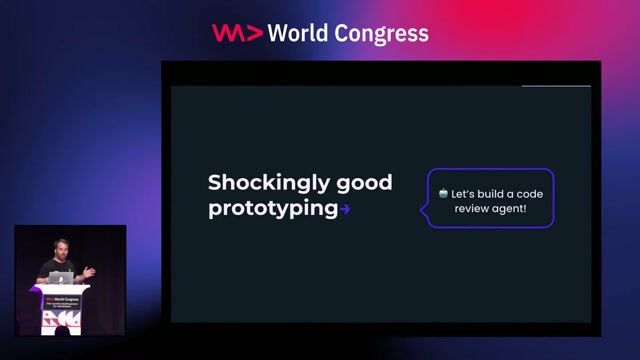 24:05
24:05The Limits of Prompting: ArchitectingTrustworthy Coding Agents
Nimrod Kor
 26:47
26:47The State of GenAI & Machine Learning in 2025
Alejandro Saucedo
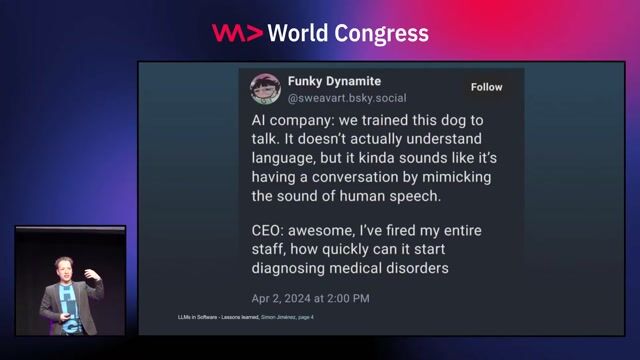 26:30
26:30Three years of putting LLMs into Software - Lessons learned
Simon A.T. Jiménez
 24:11
24:11You are not my model anymore - understanding LLM model behavior
Andreas Erben
From learning to earning
Jobs that call for the skills explored in this talk.







Artificial Intelligence (AI), Agents & Copilot Architect
Techem Messtechnik GmbH
Remote
€52K
API
Azure
Redis
+5

